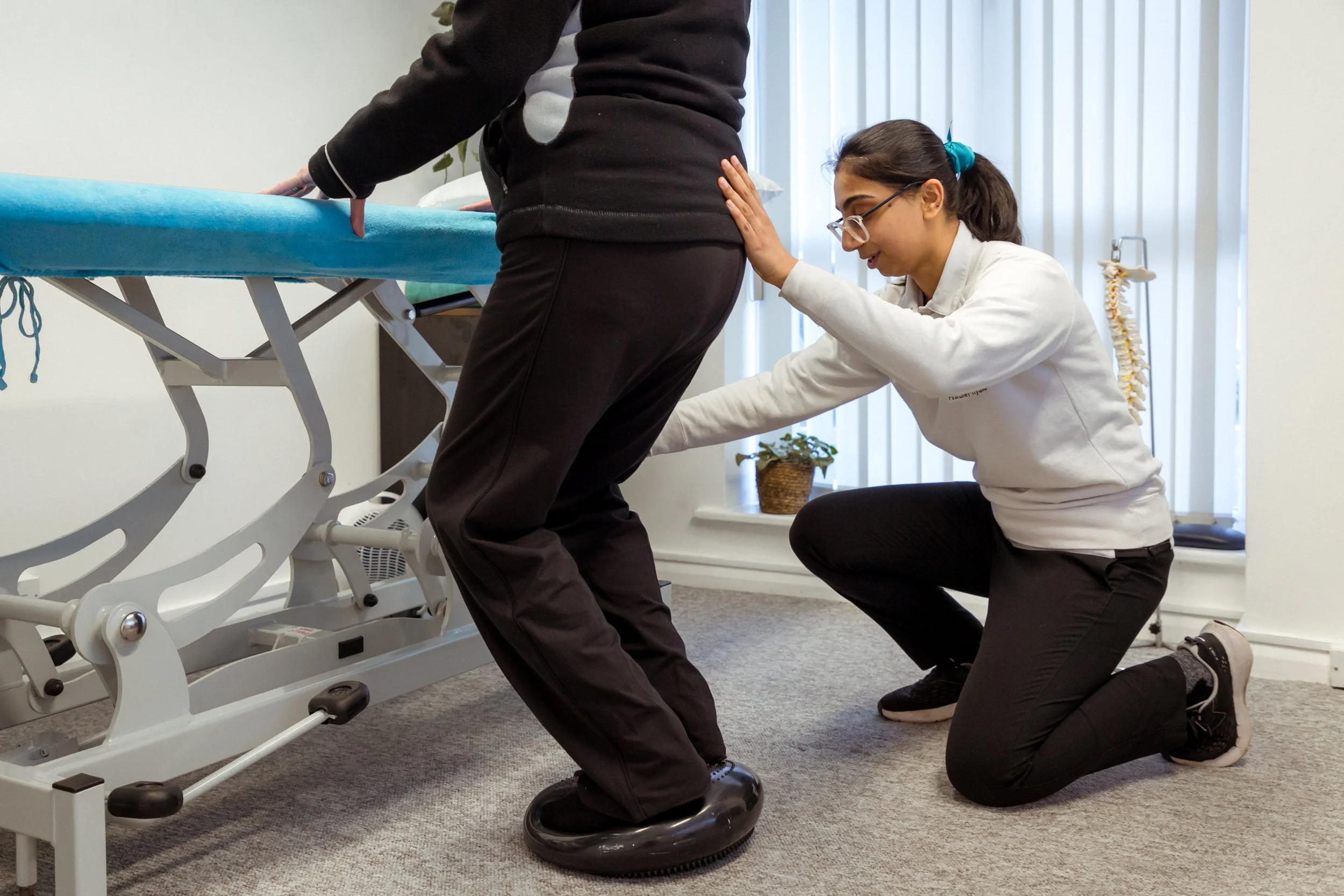Should I get surgery for my ACL tear?
So, you’ve torn your ACL. Surely the only option for recovery is to repair it, right? Actually, surgery isn’t necessary in some patients, and if you’ve seen a surgeon they may suggest other treatment techniques. But how do you know if you should have surgery or not?
Tearing your anterior cruciate ligament (ACL) can be a daunting injury, and there can be a lot to head your head around. As you start treatment, we are often faced with a difficult question: “Do I need surgery?”
The short answer? It depends. Surgery isn’t always the only (or best!) option. The long answer involves your lifestyle, goals, activity levels, age, and how your knee responds to rehab.
What is the ACL and why does it matter?
The ACL is a key stabilising ligament in your knee. It stops your shinbone (tibia) from sliding too far forward and limits excessive twisting. It’s often torn in sports involving pivoting, sudden stops, or awkward landings - think football, skiing, netball, or rugby. These can be partial tears or a complete rupture of the ligament.
You’ve got two main options after a tear or rupture:
Rehabilitation (non-surgical management)
Surgical reconstruction followed by rehabilitation
Both options involve months of structured physiotherapy. The difference is whether surgery happens early on — or at all.
What does the evidence say about ACL surgery?
Large studies (like the KANON trial) show that many people do just as well with rehab first, and some never need surgery. In this study, there was no difference between groups that have had early surgery plus exercise, compared with exercise with optional delayed ACL surgery.
Rehab-only can be suitable if:
Your knee feels stable day-to-day
You don’t plan to return to high risk pivot sports
You commit to a full physio programme
However, the evidence suggests that if your knee keeps giving way, you’re aiming to return to high impact sports like basketball or skiing, or you have combined injuries (like meniscus or cartilage damage), surgery may be the more appropriate path.
What does ACL rehab involve?
Whether you opt for surgery or not, physiotherapy is the foundation. Expect a programme including:
Strengthening of the quads, hamstrings, and glutes (especially on the affected side)
Balance and proprioception training (like wobble boards and single-leg tasks)
Progressive loading – walking, running, jumping.
Return-to-sport criteria: hop tests, strength ratios, fatigue tests
You’ll also undergo movement assessments to check for compensations - like knee valgus (collapsing inward), delayed muscle activation, or reduced landing control.
The role of physio with ACL injuries pre- and post-surgery
Prehab (rehab before surgery) helps you go into surgery stronger and can speed up recovery, as your basline levels are higher. Post-op, your physio will guide you through:
Range of motion goals (such as full extension by week 2)
Swelling control and gait re-education
Gradual milestones from walking, jogging, and pivoting
ACL reconstruction recovery is a long game — often 9 to 12 months for return to high-level sport.
So, what’s the bottom line?
There’s no one-size-fits-all answer. The best outcomes come from an individualised plan, whether that includes surgery or not. For many people, trying rehab first for 2-4 months could be a good option before considering surgery. At First Line Physio, our physios can help you to make that decision, track your progress, and guide you safely back to your goals.
Frobell et al. (2013) Treatment for acute anterior cruciate ligament tear: five year outcome of randomised trial. BMJ: 346 https://doi.org/10.1136/bmj.f232



